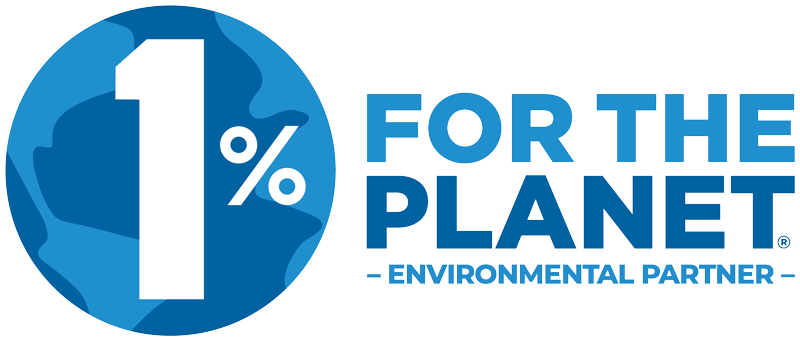Summarized by Bob Bailey,
Elakha Alliance Board President
2021 is in the books. It was such a good year for the Elakha Alliance and our work to bring sea otters home to Oregon! It proved the virtues of planning, patience, serendipity, and seizing opportunities when they come whizzing by. Here are a few milestones that will give you a sense of where we are in this journey.
Chief Don Ivy
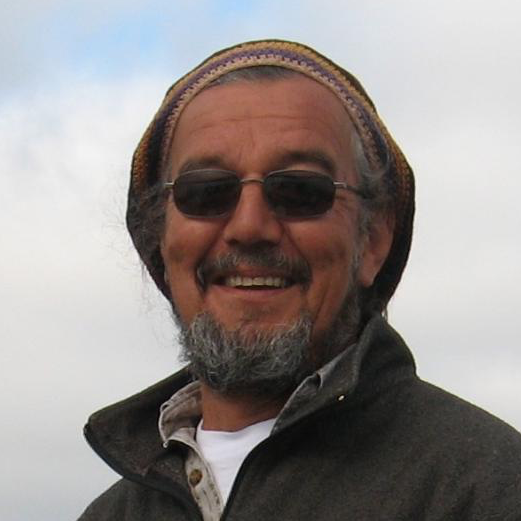
The passing of Chief Don Ivy in July left a big hole in our hearts, the Elakha Alliance, the Coquille Indian Tribe, and his entire community of family and friends. Don was instrumental in reviving the vision of David Hatch by formally organizing the Elakha Alliance to actively work to restore sea otters to Oregon. He was a busy, committed man and the fact that he took the time to help build the Elakha Alliance indicates how important and meaningful our mission is.
To honor his work, we have commissioned a large myrtlewood bas-relief sculpture of a sea otter that we intend to present to the Coquille Tribal Council sometime in early 2022. You can also donate in honor of Don here.
Feasibility Study
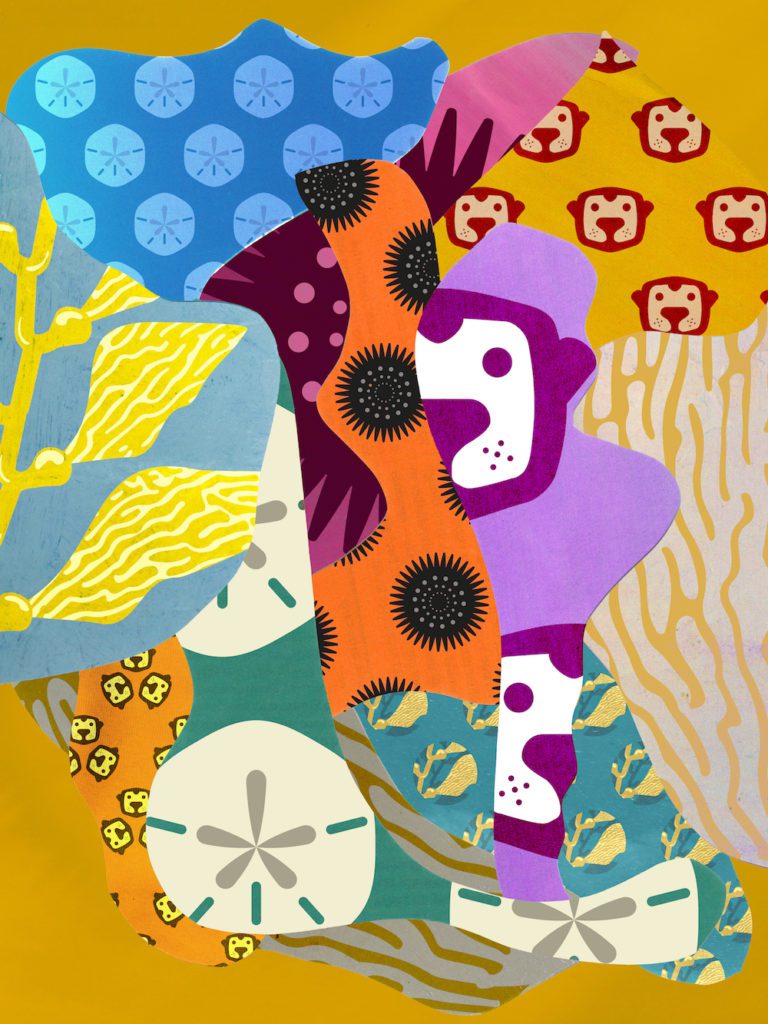
Nearly two years of anticipation and work came to fruition in August when we released our draft Feasibility Study for public review on our website. Written by an “A-Team” of scientists led by Dr. Tim Tinker, this document fulfills a goal we set for ourselves in our strategic planning process in 2019. This is a huge step toward our strategic objective of building a scientific basis for returning sea otters to Oregon.
The study concludes:
“Restoring a population of sea otters on the Oregon coast is feasible if steps are taken to account for ecological, habitat, logistic, economic, and social factors highlighted in this Feasibility Study. There appear to be no significant ecological, habitat, physiological, logistical, or regulatory barriers to restoring a population of sea otters in Oregon.”
Our study, funded by the U.S. Fish and Wildlife Service, has drawn attention in the world of sea otter conservation, too, because it appears that nobody has done this before. We were assisted by Andrew Johnson, Defenders of Wildlife, in preparing public-facing summaries of each chapter. These summaries and each of the entire chapters were posted on the Elakha Alliance website along with a form by which to provide comment. We received very few comments but one, pertaining to water quality on the coast, will be addressed in the final document due by the end of
January, 2022.
This study is important because it will provide the Elakha Alliance, state and federal agencies and the public with scientific information necessary to inform discussions – and decisions – about where, when, and how to return sea otters to Oregon.
Sea Otter Science Symposium
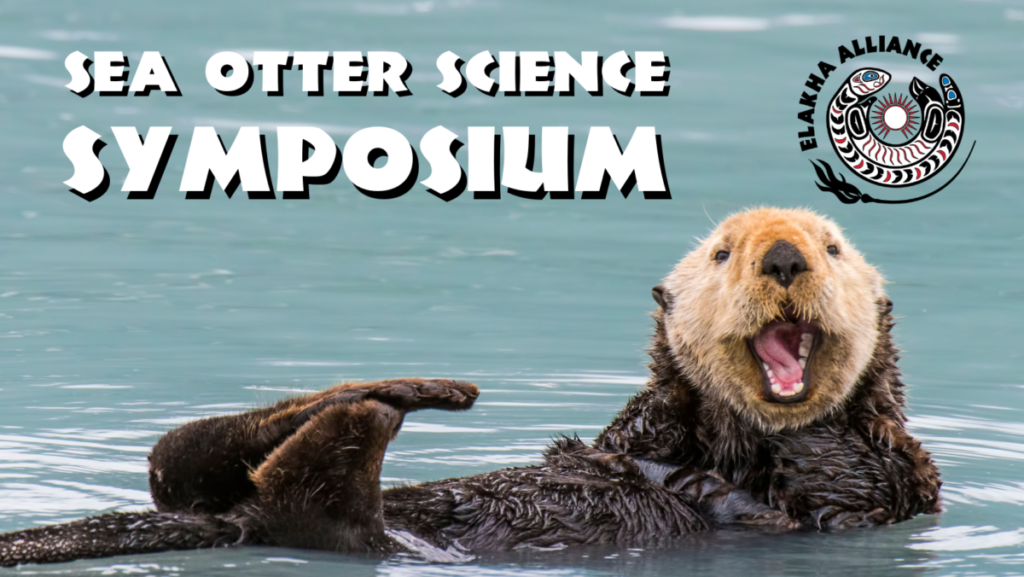
Our third symposium was held in the afternoons of October 5, 6, and 7, with an evening keynote presentation on October 5. These outstanding science presentations were recorded and are viewable on the Elakha Alliance YouTube channel (where there are now a total of 42 videos).
Chanel Hason (see below) did a great job of promoting the symposium on social media, working with the speakers to make sure they were comfortable with our format, and acting as host for each session. We had 12 speakers, 9 of whom gave presentations related to the science in our Feasibility Study; the three keynote speakers took an interdisciplinary and creative look at kelp on the West Coast.
Economic Impact Assessment
In early December we received a draft Economic Impact Assessment from our consultant, The Research Group, in Corvallis. This study, supported by a coalition of funders, proved to be more difficult than anticipated because a) there are no comparable situations and b) it sought to assess future hypothetical impacts from a return of sea otters rather than assess historical data of real events. The draft has been sent to “peer-reviewers” for comments. We hope to post the draft on our website by March for public review.
Building Public Support

Building public consensus around the idea of restoring sea otters to Oregon is a strategic objective for the Elakha Alliance. The Meyer Memorial Trust has provided core support for our public outreach work over the past two years. I think we made substantial progress toward that objective in 2021 both in terms of actually building public awareness and support as well as building the capacity to increase our results in 2022.
In March we said “goodbye” to John Goodell, who opted to return to the world of his beloved falcons, and welcomed Chanel Hason as our
Director of Outreach and Community Relations. Chanel hit the ground running and has done an outstanding job of ramping up our social media presence which, as it turns out, is a real “thing,” scheduling and coordinating webinars and other presentations, coordinating a variety of fundraising projects, and other outreach and engagement work.
During 2021 we hosted or participated in sixteen webinars or in-person presentations on topics related to kelp and sea otters. Among these was a “Crabinar” that focused on the life-history of Dungeness crab and studies from California and Alaska of the impact of sea otters on Dungeness crab fisheries.
Our social media presence really took off during 2021 as shown in this table:
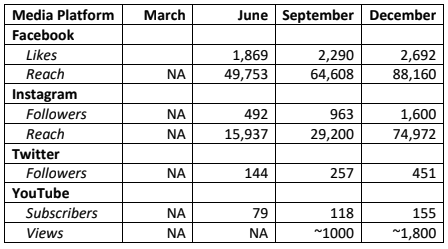
Our mailing list for our newsletter, The Raft, also grew substantially during the year.
- February 11, 2021: Subscribers 1,135
- May 25, 2021: Subscribers 1,458 (+323)
- September 16, 2021: Subscribers 1,687 (+229)
- December 14, 2021: Subscribers 2,192 (+505)
Several amazing opportunities were presented to us that helped increase public awareness as well as raise significant income. One was with Jacobsen Salt Company, a company based in Portland with salt-works on Netarts Bay. The company created a special 10th anniversary salt tin featuring a sea otter and information about the Elakha Alliance. Proceeds from sale of those tins netted more than $10,000 for the Elakha Alliance!
A second opportunity was presented by Kristyn Plancarte, a sea otters and marine mammal specialist at the Vancouver BC Aquarium who also hosts an on-line social media channel that features game-playing and science about marine mammals. She hosted a 24-hour live-stream fundraiser for us (yes, she stayed up all night!!) and when the dust settled the next morning people from all over the world had donated more than $22,000 to the Elakha Alliance! It was a very fun event that exceeded all expectations for money raised.
A third opportunity that is still coming to fruition is our Oregon Otter Beer Challenge. Thirteen breweries from around the state have agreed to accept the challenge to brew an ale with Maris Otter Malt. Annie Pollard from 7 Devils Brewing in Coos Bay has been instrumental in assisting Chanel with organizing the Challenge.
Some breweries, such as 7 Devils, have already released their brew while others will be tapping their kegs in January and February. We hope to hold a grand tasting event at OMSI in Portland in March, Covid permitting. So, watch for a brewery near you to feature an Oregon Otter Beer brew!
Fundraising

Our financial picture improved during 2021 thanks to support from an increasingly diverse set of funders. In addition to those mentioned above, major 2021 supporters of the Elakha Alliance included:
- Meyer Memorial Trust
- Oregon Beverage Recycling Cooperative “Containers for Change” program
- glassybaby foundation
- Oregon Conservation and Recreation Fund
- Collins Foundation
- Oregon Ocean Conservation Fund
- Oregon Zoo Foundation
- Sarah A. Stewart Foundation
- Roundhouse Foundation
- Mark Greenfield/Jane Hartline Advised Fund
- Siletz Community Charitable Trust
- Coquille Tribal Community Fund
- Spirit Mountain Community Fund
Just as important, giving by individual donors rose significantly as word of our effort spread. Individuals from, literally, around the world are investing in this effort to return sea otters to Oregon. Their gifts are not just tangible expressions of support for our mission, but in the aggregate provided more than 25% of our total funding.
South Coast Community Liaison
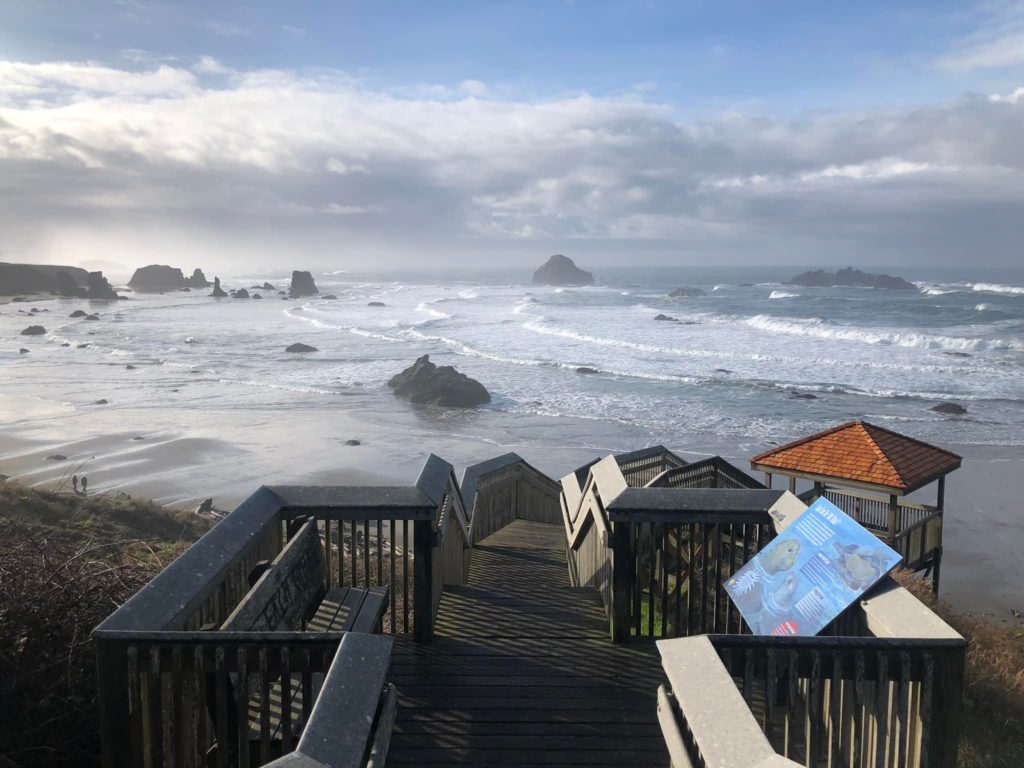
Publication of the Feasibility Study reinforced our hunch that the best sea otter habitat is from Cape Arago and Coos Bay southward to Brookings. And we have long believed that we need a more personal presence and stronger relationships with the people and communities along this Wild Rivers Coast. Now, thanks to a generous gift from the Roundhouse Foundation and a matching grant from the Oregon Conservation and Recreation Fund, we are in the process of hiring a South Coast Community Liaison to work directly with people and organizations in that region.
After several months of recruiting for candidates, we are thrilled that Frank Burris, the long-time Oregon State University Extension Sea Grant agent for Curry County, will take on this task and put on his Elakha Alliance hat in April after he retires from OSU. Activating the liaison position demonstrates that we are serious about working within potentially affected communities to increase understanding, address concerns, and build grassroots support.
Videos
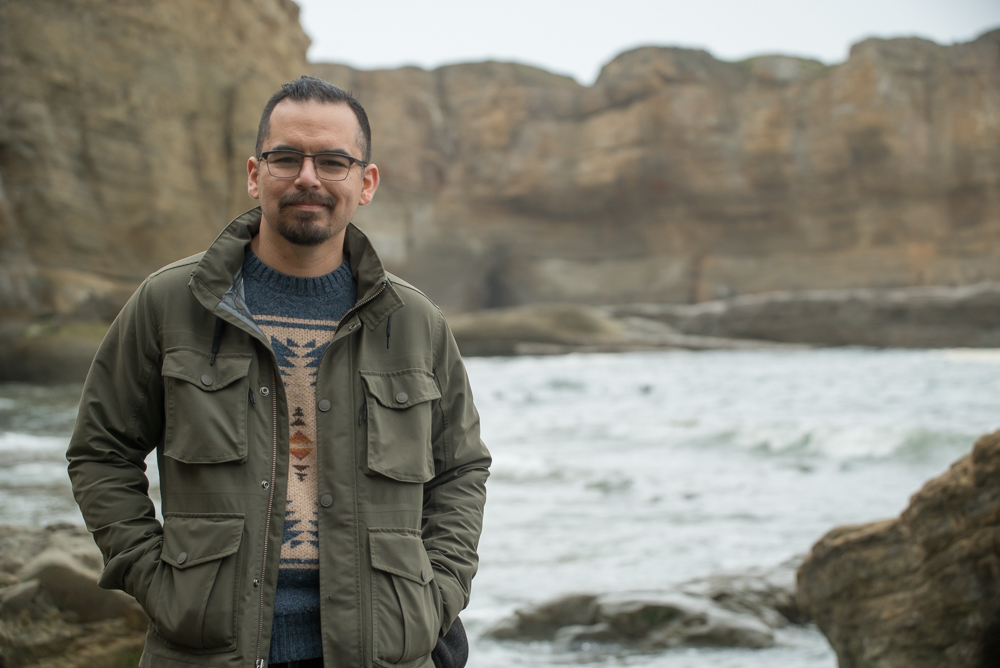
The Oregon Zoo has become a valued partner. In late August the Zoo released a 7-minute video that focused on the cultural significance of the return of sea otters. This video features Peter Hatch, Elakha Alliance Board Secretary and member of the Confederated Tribes of Siletz Indians.
In early December the Zoo released a second video focusing on the ecological and economic significance of sea otter return. This video features Dave Lacey, owner and operator of South Coast Tours LLC in Gold Beach and Dr. Aaron Galloway, professor at the University of Oregon Institute for Marine Biology (OIMB) in Charleston. The Zoo & Elakha production team led by Shervin Hess, went to Port Orford and rode with Captain Dave to Redfish Rocks Marine Reserve to dive and shoot underwater video of kelp and marine habitat. Dr. Galloway was interviewed at OIMB near the mouth of Coos Bay.
A Glimpse of the Future
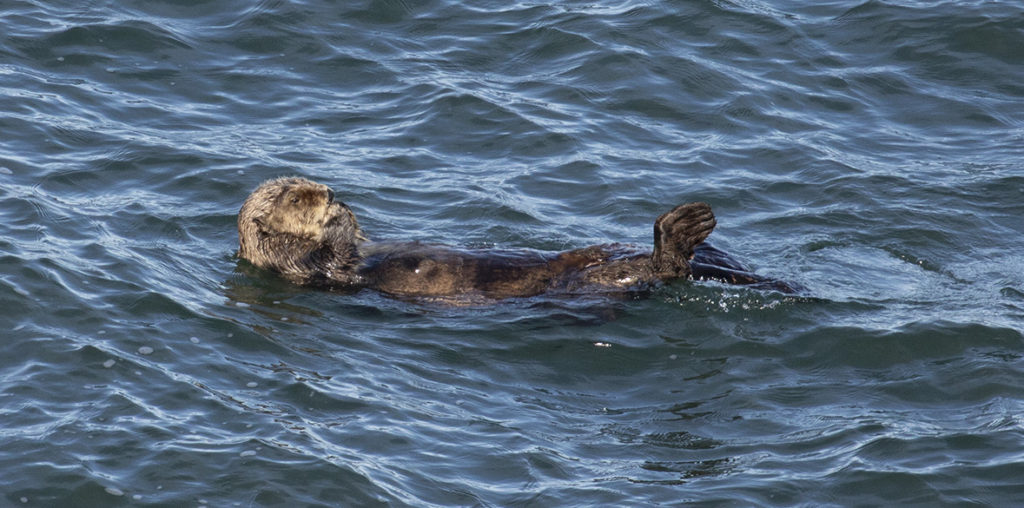
Over Thanksgiving weekend, a lone sea otter was spotted at Yaquina Head, just north of Newport. Despite the fact that this little guy succumbed to the effects of a shark bite in early December, it was a glimpse into what could be.
The little visitor was almost certainly a sub-adult male from population on Washington’s Olympic Coast. He was not the first lone animal to be seen off Oregon. In recent years others have been spotted and, in some cases, photographed along the coast, but this appearance at Yaquina Head was different: he chose a very public place to stay for a nearly two weeks which gave time for word of his presence to spread.
Because Yaquina Head, managed by the U. S. Bureau of Land Management (BLM) as an Outstanding Natural Area has a visitor center, docents and interpretive programs related to its
seabird colonies, intertidal areas, and migrating grey whales, there are many eyes observing the ocean around Yaquina Head year-round. Thus, it did not take long for the furry visitor to be spotted. Photos taken with telescopic lenses spread on social media, including posts by the Oregon Coastal Wildlife Refuges, headquartered in Newport. News quickly spread that there was a special visitor and the parking lot began to fill as people came to scan for the visitor.
The day that I visited (approximately Day Four), the excitement in the crowd was palpable even in the parking lot as people arrived, bundled up, and headed to the viewing area to join others peering through binoculars and spotting scopes, pointing out the little guy floating on the bobbing, rippling ocean’s surface, oblivious to the commotion he was causing. I was there for an hour and the crowd did not abate. In the parking lot license plates from Oregon were alongside plates from Washington, California, Idaho and Utah. This animal belonged to everyone!
Roy Lowe, our former board colleague, was there with his giant telephoto lens and keen eyes. We marveled at the excitement of the onlookers, young and old alike. He told me that a day before one man confided that he had been hoping since 1956 to see a sea otter in Oregon and had finally gotten his wish. That kind of passion and caring is invaluable. In the past, wildlife agencies were reluctant to advertise the presence of such a lone visitor, fearing the wrong kind of attention to the animal. But this positive reaction in such a public place may demonstrate that perhaps the best protection for these animals would be a very public presence with lots of people watching and, most important, caring.
Looking Ahead
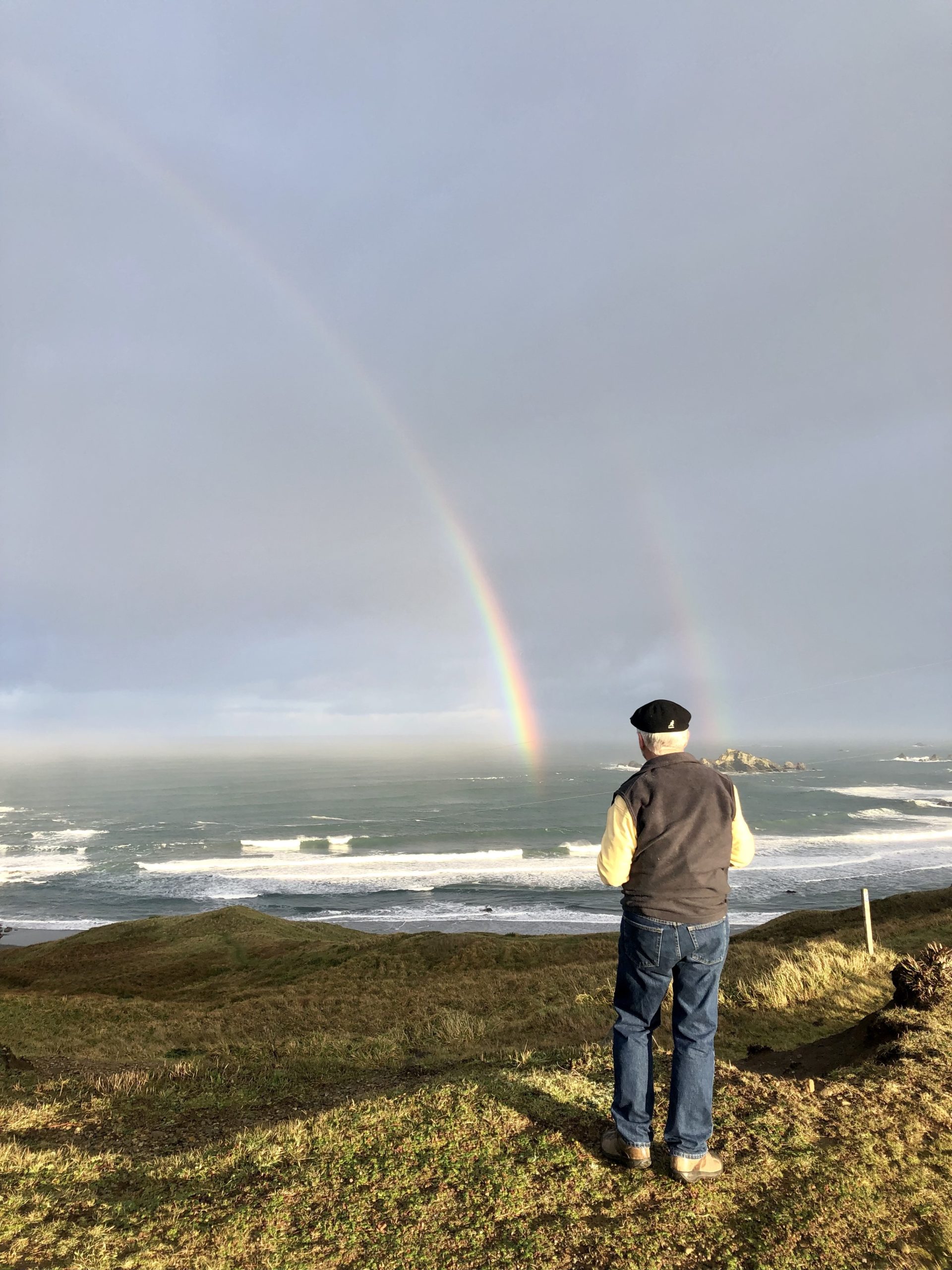
We have a number of things planned for 2022, including discussions with federal and state agencies about next steps, bringing our South Coast Liaison up to speed, implementing a Tribal Youth Internship Program, and addressing some research needs identified in the Feasibility Study.
But the best part will be the unexpected, the serendipitous, the opportunities that will come our way. I cannot wait!

